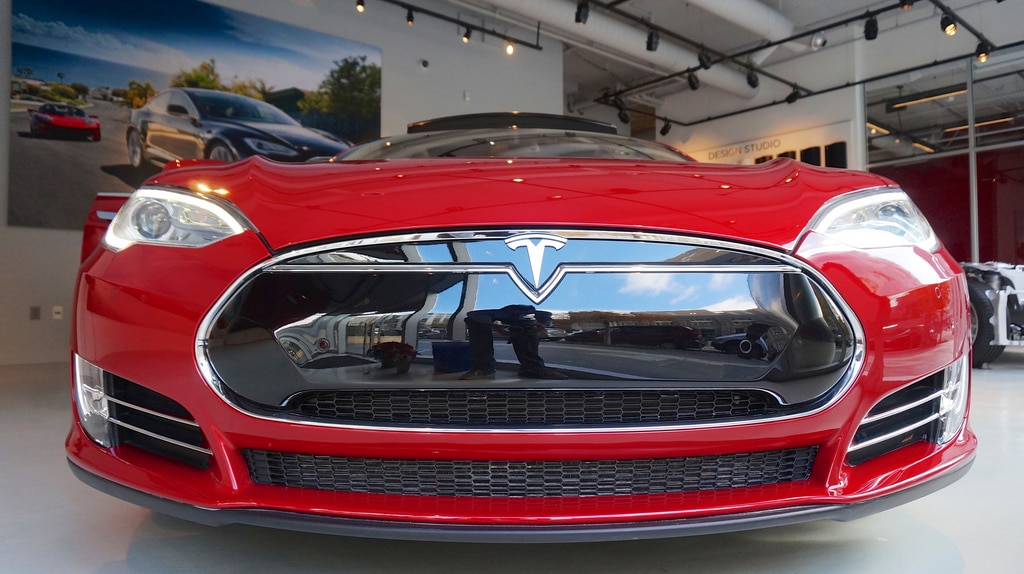Coming up on the critical shareholder vote to approve its acquisition of the largest U.S. distributed solar installer, Tesla Motors has not consistently looked good. In addition to the multiple lawsuits to block the transaction and an unclear announcement regarding a proposed switch of technologies at the SolarCity gigafactory, Tesla reported a loss of $293 million dollars during Q2.
In contrast to those troubling signs, Tesla posted strong results for the third quarter of 2016, including breaking in to a positive operating result and profit for the first time in many quarters. Tesla reported a 3.7% operating margin, as well as a net income of $22 million, with revenue rising 152% year-over-year to $2.3 billion.
These positive financial results come on the back of significant operational successes. During the quarter Tesla produced over 25,000 vehicles, nearly double Q3 of last year. The company was also able to pay down $600 million in debt.
Tesla also re-affirmed its pledge to have its Nevada battery gigafactory ready to support Model 3 roll-out, although over time the phrasing around this has gone from July 2017 to the second half of 2017. During the quarter Tesla invested $248 million in capital expenditures to increase production capacity, accelerate construction of its Nevada gigafactory, and expand customer support infrastructure, down from the previous quarter.
“We are definitely on schedule,” notes Tesla Chief Technical Officer J.B. Straubel.
On the results call, Tesla CEO Elon Musk offered some insights into his thoughts about the future of SolarCity, assuming that the acquisition goes through next month. “We do think it is important to have tight control over the solar panels,” notes Musk. “We have to be able to iterate rapidly.”
“With Panasonic, we have the best (battery) cell at the lowest cost, and we are confident we can achieve that outcome with solar.”
Musk says that there is “a chance” that Tesla will be profitable during Q4, including non-cash stock-based expense. Straubel and Musk referenced the company’s prudent financial management and improved profitability due to a number of factors, and Musk says that the company probably won’t do a capital raise in Q1.
Musk further noted that the company’s current plan does not require a capital raise for the Model 3 roll-out, but did not rule one out either. Musk also says that having examined SolarCity financials, it expects the company to be at least neutral but perhaps a cash contributor in the fourth quarter.
On Friday Tesla and SolarCity will be unveiling plans for their new solar roof product.
This content is protected by copyright and may not be reused. If you want to cooperate with us and would like to reuse some of our content, please contact: editors@pv-magazine.com.









By submitting this form you agree to pv magazine using your data for the purposes of publishing your comment.
Your personal data will only be disclosed or otherwise transmitted to third parties for the purposes of spam filtering or if this is necessary for technical maintenance of the website. Any other transfer to third parties will not take place unless this is justified on the basis of applicable data protection regulations or if pv magazine is legally obliged to do so.
You may revoke this consent at any time with effect for the future, in which case your personal data will be deleted immediately. Otherwise, your data will be deleted if pv magazine has processed your request or the purpose of data storage is fulfilled.
Further information on data privacy can be found in our Data Protection Policy.